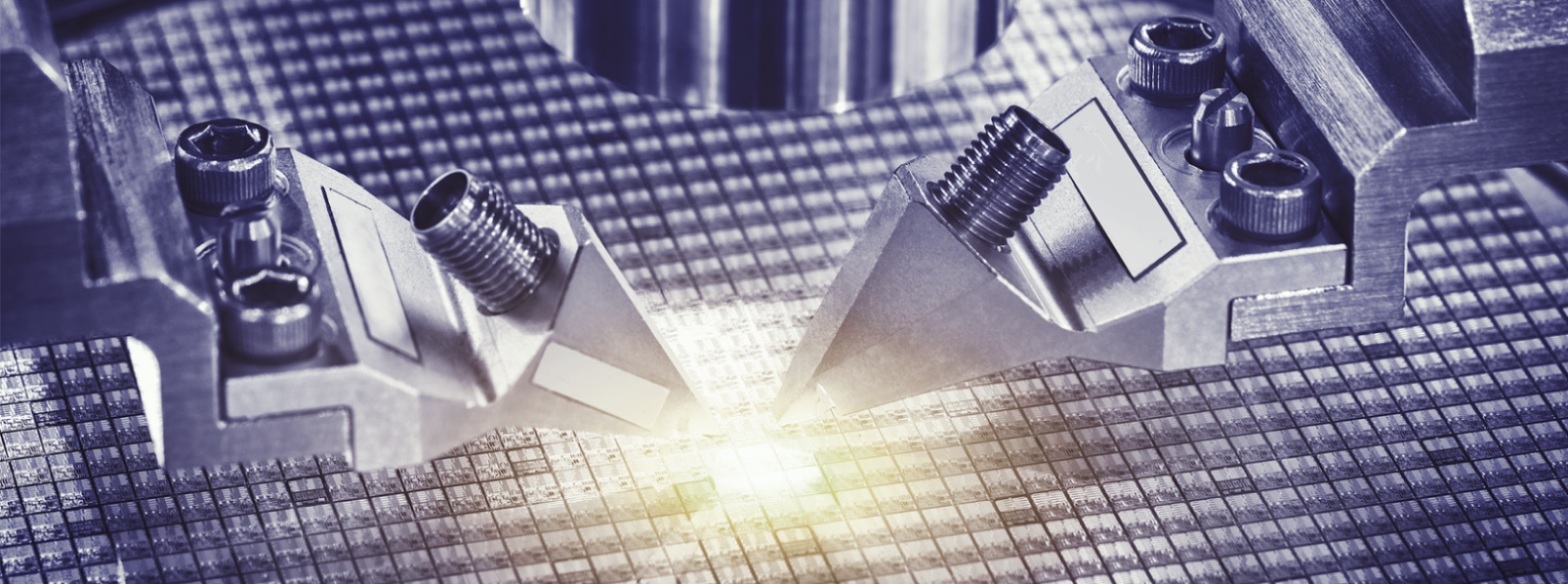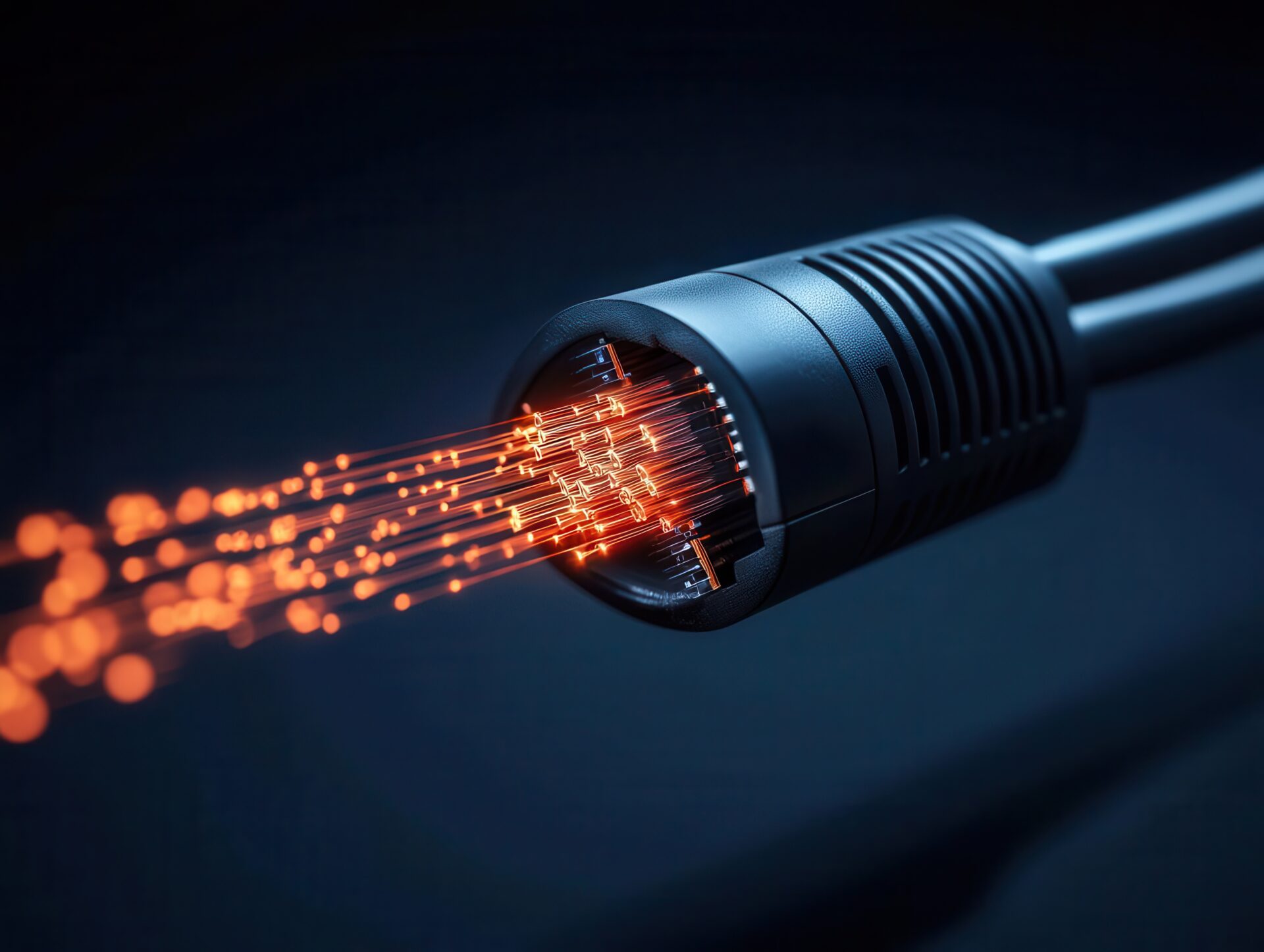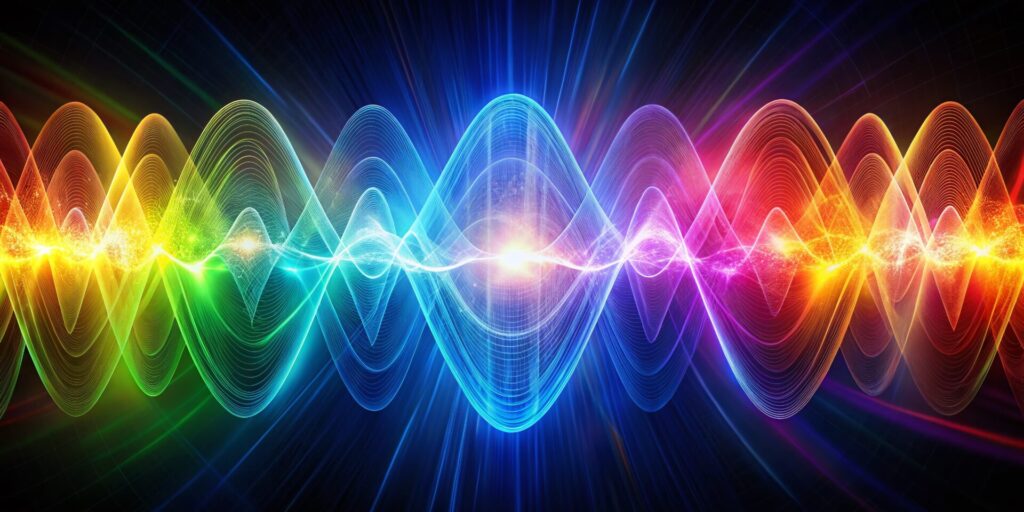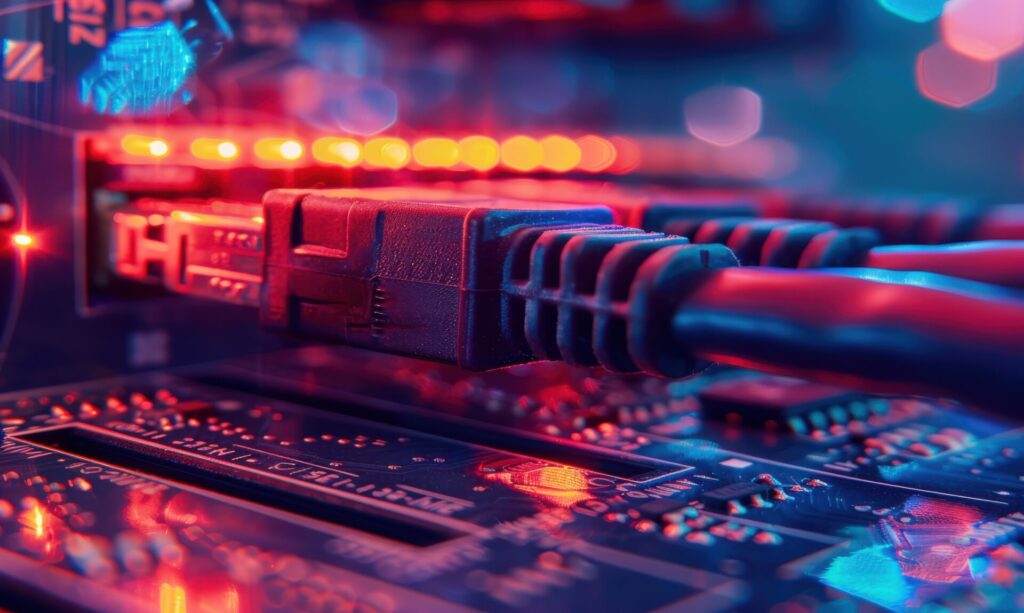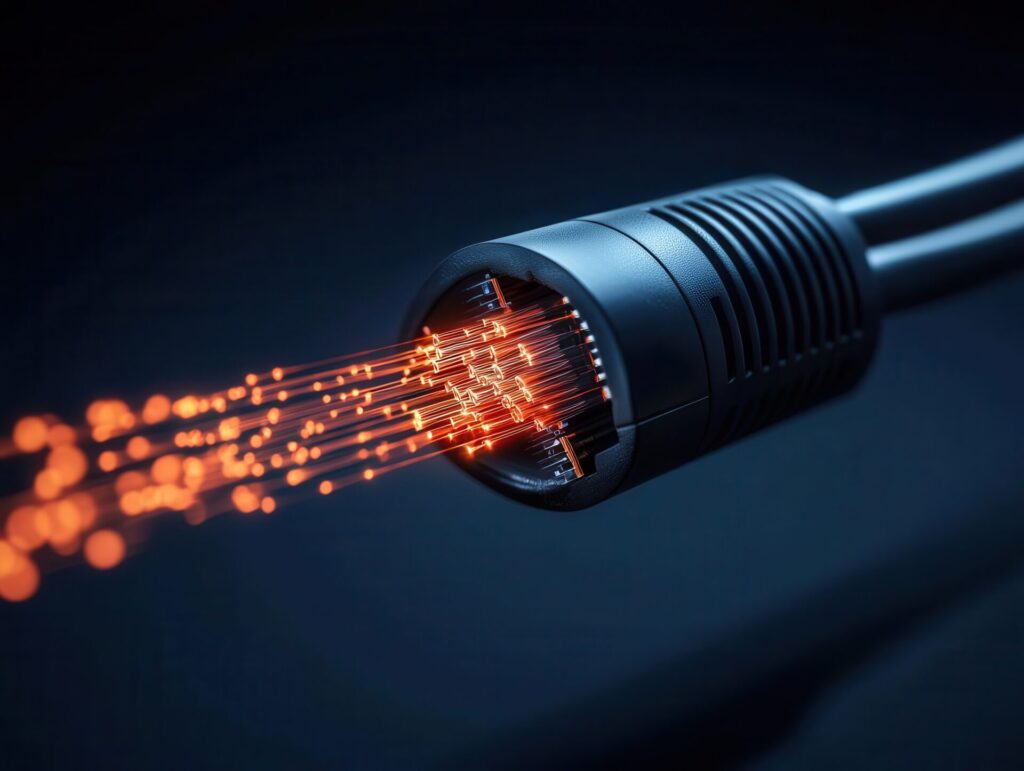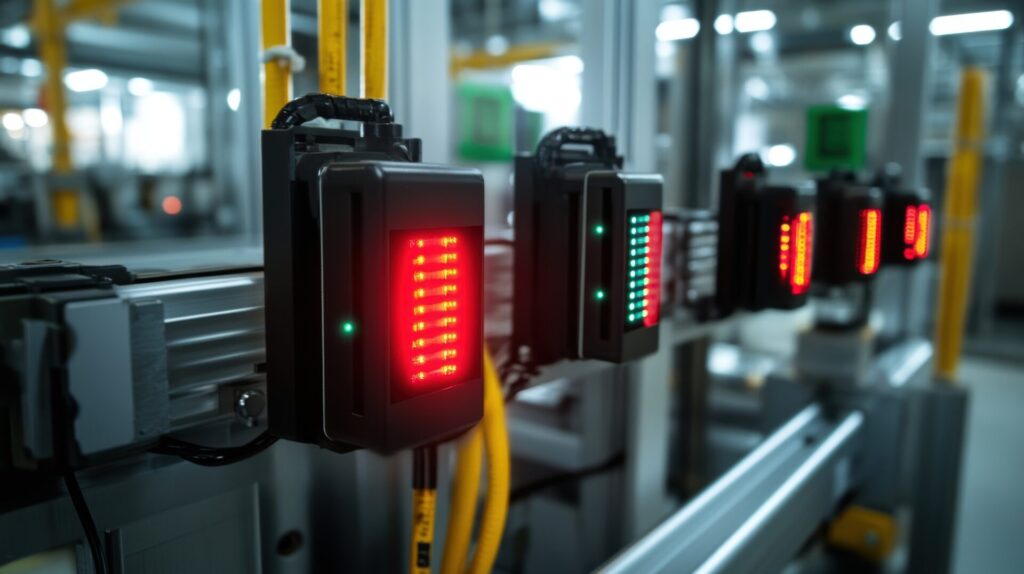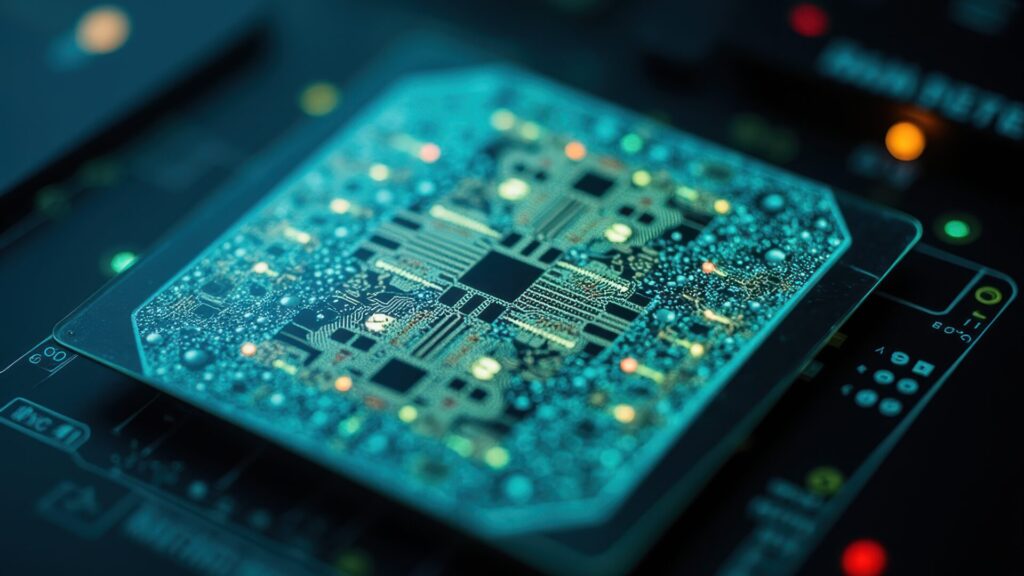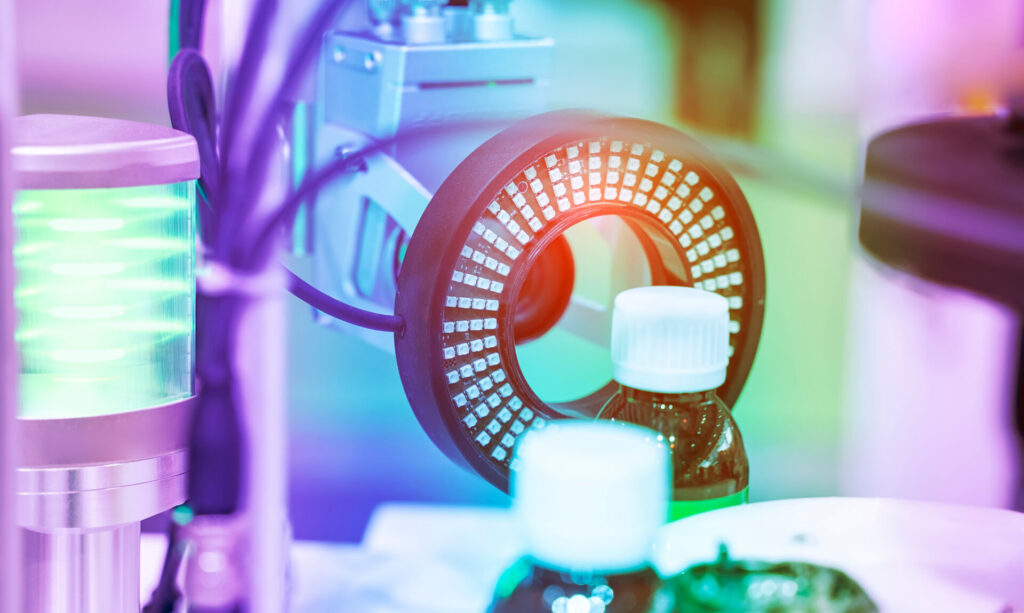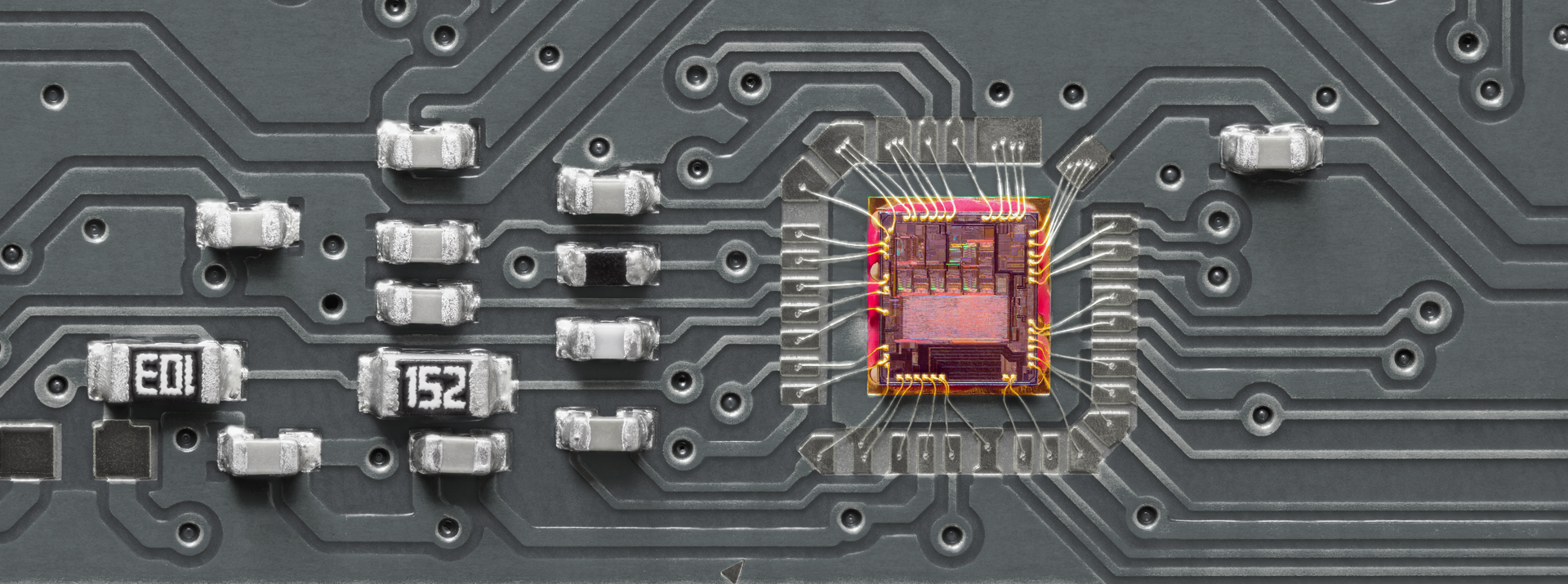
- 光半導体関連
光半導体デバイスとは
この記事では信号灯、テレビのリモコン、自動ドア、カメラ、スマートフォンなど、私たちの暮らしをささえる光半導体デバイスの基礎について解説します。まずは「光」、次に「半導体」、そして「デバイス」について図を用いて解説した後、光半導体デバイスの応用について触れます。
光半導体デバイスの「光」とは
まずは光半導体デバイスの重要な要素である「光」について考えてみましょう。光は、テレビやスマートフォンで活用される電波や、医療現場で利用されるエックス線と同じく、電磁波の一種です。光と電波の違いは、その波長によるものです。以下の図をご覧ください。
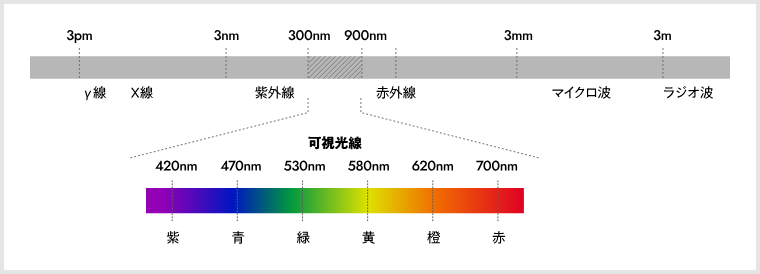
光半導体デバイスの「半導体」とは
次に、光半導体デバイスのもう一つの要素、「半導体」について解説します。半導体は、電気を良く通す導体と電気を通さない絶縁体の中間の性質を持つ素材です。導体には金や銀、銅、鉄などの金属が、絶縁体にはゴムやガラス、セラミックス、プラスチック、油などがあります。
一方、半導体にはシリコンやゲルマニウム、さらに化合物半導体材料(ガリウム砒素・ガリウム燐・ガリウム窒素・インジイム燐)などが代表的なものとして挙げられます。これらの中でも最も広く使用されているのはシリコンで、これは現代社会の基盤を支えるトランジスタや集積回路(IC)の材料として利用されています。
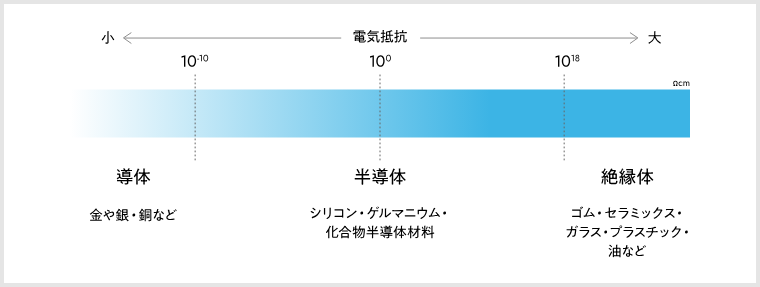
光半導体デバイスの「デバイス」とは
「デバイス」とは、すなわち特定の機能を果たす装置を指します。光半導体デバイスの場合、その主要な機能は電流と光の相互変換です。この変換機能は、微細な構造を持つ素子の中に組み込まれています。この素子は、電流を光に変換したり、逆に光を電流に変換したりすることが可能です。このようなデバイスの存在により、我々の日常生活は大きく変わり、多くの便利な技術が生まれています。具体的には以下の通りです。
電流を光に変換する光半導体(発光素子)
| LED | 照明・信号灯・ディスプレイ・電子機器のバックライトなど |
| レーザーダイオード | DVDの書き込み・光ファイバ通信・3Dセンサなど |
| 赤外線LED | テレビのリモコン・防犯カメラ・車両カメラなど |
光を電流に変換する光半導体(受光素子)
| フォトダイオード | カメラの露出計・光通信システム・分光器・暗視装置など |
| フォトトランジスタ | 自動ドア・カメラ・スマートフォン・光電センサなど幅広く使用されている |
光半導体とは
では、光半導体とは何でしょうか。光半導体は、その名の通り、光と半導体の特性を組み合わせたものです。具体的には、電流を光に変換する発光素子や半導体レーザ、そして光を電流に変換する受光素子の2種類に大別できます。これらの素子は、光半導体の材質により、光電変換の波長が変わります。
半導体には、シリコン(Si)やゲルマニウム(Ge)のように単一の元素からなるものがありますが、複数の元素から成るものを化合物半導体と呼びます。化合物半導体は、その特性により、さまざまな用途で利用されています。
| 紫外 | AlGaN / GaN on Sapphire |
| 紫・青 | InGaN / GaN on Sapphire |
| 緑 | GaP on GaP |
| 黄 | AlInGaP on GaAs |
| 赤 | GaAlAs on GaAs |
| 赤外 | GaAlAs on GaAs |
| 近赤外 | InGaAs on InP(受光用) InGaAsP on InP(発光用) |
化合物半導体の特性と利用
シリコンやゲルマニウムのような単一元素半導体は発光効率が低いため、主に受光用として使われます。一方、化合物半導体は発光効率が高く、LEDや半導体レーザとして使われます。また、高速動作が可能なため、光通信用の受光素子などにも使われます。
周期律表から見た化合物半導体の組み合わせ
| Ⅱ | Ⅲ | Ⅳ | Ⅴ | Ⅵ |
|---|---|---|---|---|
| B | C | N | ||
| AI | Si | P | ||
| Zn | Ga | Ge | As | Se |
| Cd | In | Sn | Sb | Te |
光半導体の広がり
光半導体の技術は、私たちの生活のあらゆる面に影響を与えています。例えば、テレビやエアコンのリモコンは、赤外線を用いて情報を送受信しています。また、CDやDVDといった光メディアは、記憶媒体に光を用いて情報を書き込み、読み取ることが可能です。
さらに光半導体デバイスの進化は、照明の分野にも見られます。よく知られるように、従来の白熱灯や蛍光灯がLED(発光ダイオード)に取って代わられつつあります。LEDは、その高い発光効率と長寿命性により、エネルギー効率の良さとコスト効果を兼ね備えています。
このLED化の波は、懐中電灯や車のヘッドランプといった分野にも広がっています。また、道路の信号機でもLED化が進行しており、これにより信号機の視認性が向上し、エネルギー消費が抑えられています。これらのLEDも、光半導体デバイスの一種です。
このように、光半導体デバイスの進化と普及は、私たちの生活をより便利で持続可能なものにしています。光半導体デバイスに使用する技術の特性と応用範囲についての詳細はぜひデクセリアルズ株式会社までお問合せください。
関連記事
- SHARE

当社の製品や製造技術に関する資料をご用意しています。
無料でお気軽にダウンロードいただけます。
お役立ち資料のダウンロードはこちら
当社の製品や製造技術に関する資料をご用意しています。
無料でお気軽にダウンロードいただけます。
お役立ち資料のダウンロードはこちら

